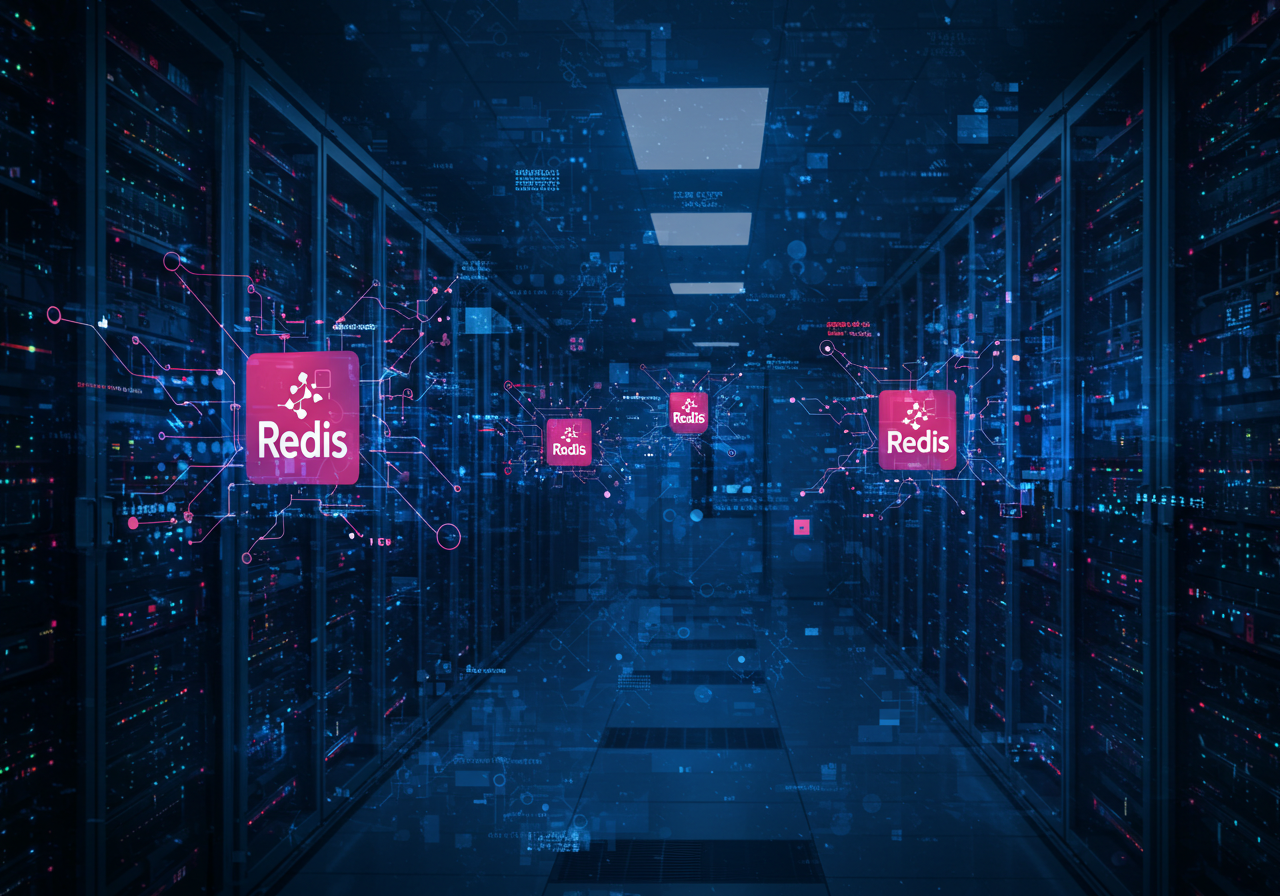Redis’s superior feature set over Valkey
Redis isn’t just a better choice than its fork, Valkey, it’s in a league of its own. Redis 8.0 and Redis Stack have transformed what was once primarily a caching tool into a full-fledged database platform. What does this mean for you? You get advanced capabilities like vector search, which helps find similar data points, which is a big win for AI and machine learning applications. You also get real-time indexing and querying, key for businesses needing instant insights. Redis offers probabilistic data types to save memory while handling massive datasets and JSON support for seamless integration with modern apps.
Now, let’s look at Valkey. Despite its claim of being “Redis compatible,” it lacks these critical features. Rowan Trollope, Redis CEO, doesn’t mince words here, “Redis is simply a more capable platform.” Google’s Memorystore has made some strides in matching Redis, but those efforts are still in the testing phase. If you’re serious about performance and innovation, Redis is the clear winner.
Redis as a pillar for generative AI infrastructure
The future of AI is being written now, and Redis is stepping up as a key player. Salvatore Sanfilippo, Redis’s visionary founder, has returned with a bold mission to position Redis at the core of generative AI. Generative AI is about creating, whether it’s content, data, or even decisions, based on deep learning models. And guess what? These systems need tools that handle complex, multi-dimensional data efficiently. Enter Redis.
Sanfilippo envisions innovations like vector sets, an evolution of Redis’s sorted sets. Think of sorted sets as a ranked list of items. Now imagine adding a multi-dimensional layer, where data points (represented as vectors) can be compared for similarity. This powers tools like recommendation systems or AI-driven search engines. Redis is catching up with AI and positioning itself as key infrastructure.
As Rowan Trollope puts it, “Redis has a real shot at being the backbone of the next-gen AI stack.”
Business motivations behind forking and Valkey’s origins
Let’s talk about why Valkey even exists. Companies like AWS and Google didn’t fork Redis because of philosophical differences over open-source ideals. They did it to serve their own bottom lines. Creating Valkey, these tech giants could tweak Redis to better fit their cloud environments, ensuring more control and profitability. Madelyn Olson and her AWS team made Valkey more scalable (able to handle more data and users) and improved its memory efficiency, which is key when operating at the scale of a global cloud provider.
But the thing is that, while Valkey has some improvements, it’s still a fork. Forking splits focus and creates divergence. In the long run, this means Valkey will likely evolve into something completely different from Redis. That’s not necessarily a bad thing, but it doesn’t match Redis’s relentless pace of innovation. As Trollope says, most developers don’t care about licensing drama, they want tools that deliver unique and powerful features. And right now, Redis is leading that race.
Focus on practical innovation over licensing debates
At the end of the day, debates about open-source licensing make for great conference chatter, but they don’t build better products. Both Trollope and Sanfilippo recognize this. Sure, Redis’s licensing changes ruffled some feathers, and maybe the communication around it could’ve been better. But let’s not lose sight of what really matters: delivering world-class tools for developers.
Sanfilippo offers a fresh perspective here. Open-source isn’t a binary concept, it’s more of a spectrum. The real question isn’t whether something is “open enough” but whether it helps developers solve real problems. Redis’s track record speaks for itself: fast-paced innovation, practical features, and a focus on staying ahead in industries like AI. This is what keeps Redis relevant, and it’s why developers and executives alike continue to bet on its success.
Key takeaways for decision-makers
- Feature-rich evolution: Redis has transitioned from a simple cache to a full-stack database with advanced features like vector search, real-time indexing, and JSON support. Leaders should prioritize Redis for applications requiring high performance and modern AI capabilities.
- Outpacing competitors: Redis’s innovation cycle surpasses that of its fork, Valkey, offering faster feature deployment and a stronger AI focus. Decision-makers should evaluate Redis for its robust roadmap and long-term adaptability in AI-driven markets.
- AI infrastructure leadership: Redis is positioning itself as a core component of generative AI, with new data types like vector sets tailored for AI workloads. Businesses aiming to leverage AI should integrate Redis to gain a competitive edge in data-driven operations.
- Cloud providers’ fork strategy: Valkey was forked by AWS and Google for business-driven customization, but it lacks Redis’s innovation pace. Leaders should carefully assess the trade-offs of using forks versus Redis to align with their scalability and innovation goals.





